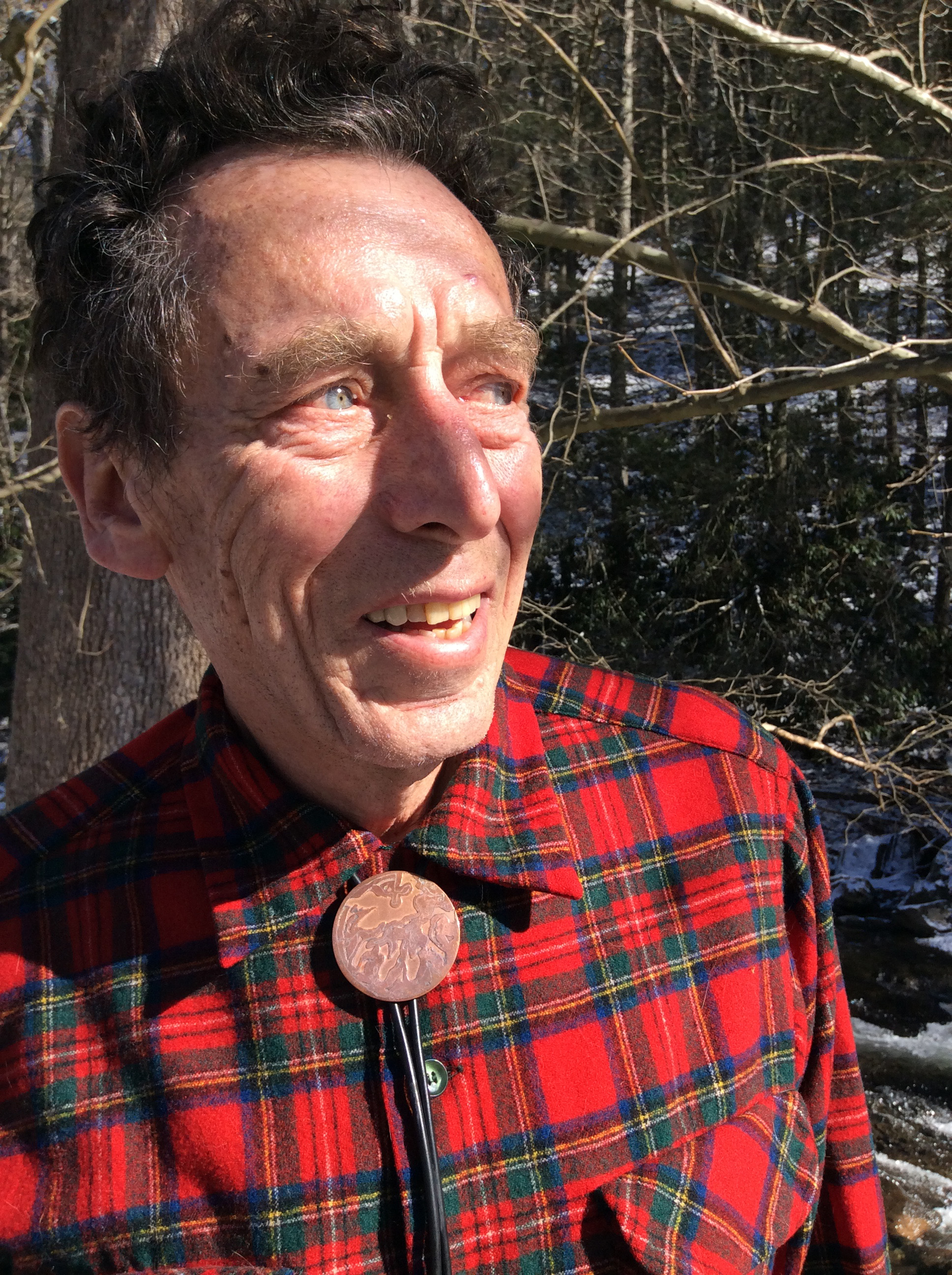

HENRY REED, PH.D. Appointed Professor Emeritus at Atlantic University
During
a research sabbatical from Princeton, Henry served as a research consultant to
Professor Carl G. Meir, at the C. G. Jung Dream Laboratory in Zurich,
Switzerland. When he returned to Princeton to resume his own research at A.R.E.
camp and at Atlantic University field programs, Henry invented a neo-shamanic,
transpersonal paradigm to successfully create a demonstration of an ancient form
of dreaming. His resulting report,
“Dream Incubation: The Re-Creation of an Ancient Ritual in Contemporary Form,”
was published in the Journal of
Humanistic Psychology in 1976.
The
community-like context of this research led to the serendipitous discovery of a
form of transpersonal dreaming: “The
Dream Helper Circle.” In this experiment, a group of volunteers agree to
dream for the undisclosed problem of a stranger in distress. It is such a
wonderful expression of Edgar Cayce’s idealism with regard to psychic ability
and service, Henry began a research program to bring to light the psychodynamics
of the intuitive connection that occurs in these
dream circles.
Engaging A.R.E. workshop attendees as his co-investigators, he developed a
neo-shamanic interpersonal hypnotic induction method to explore the subconscious
connection Cayce proposed as existing between the two parties involved in
hypnotic rapport. When he published in 1994 the results of that research,
“Intimacy and ESP,” in the Journal of
the American Society for Psychical Research, the editor, Rhea White, Ph.D.,
described Henry’s shifting the focus of ESP from brain waves to intimacy as “the
dark star of parapsychology.”
Henry
then switched from a one-way to a two-way interpersonal paradigm, to explore the
subconscious connection that arises when two people agree to experience the
presence of one another in silence with their eyes closed. As Cayce had
predicted, when two people experience each other via the imagination, rather
than with the senses, they experience feeling “close” in consciousness rather
than separated in distance. The experience of intimacy is significantly enhanced
when the two parties first make a “heart connection” with each other. When in
1996 the prestigious Journal of
Analytical Psychology published Henry’s research,
“Close Encounters in the Liminal Zone: Studies in Imaginal Communication,”
the editor, John Beebe, M.D., called it a “minor classic,” because it
showed that the intuitive communication observed during intensive therapy could
be replicated in a matter of minutes using Henry’s heart connection method.
As an
answer to the question regarding the Dream Helper Circle, “how do they do that?
“ Henry responded when he published an invited paper,
“When Hearts are Joined: My Story of Exploring Our Interconnectedness through
Intuition.” in ReVision: A Journal of
Consciousness and Transformation. Through an act of intention, he concluded,
using the intuitive imagination, folks can experience “nonlocal” empathy with
others.
For
several years, Henry curated exhibits of art created by his students, using
dreams as their source material. From 2004-2011, Henry created a visual blog,
The Daily Mandala, creating and
sharing more than 2565 different mandalas over that period of time.
Henry
has served in various capacities at A.R.E., including Director of Research,
Director of the Library, as well as
Venture Inward Psi Research Editor. Henry is Director of the
Edgar Cayce Institute for
Intuitive Studies,
"To create a socially recognized, valued and applied spiritual science of
intuition following the inspiration of the life and work of Edgar Cayce"
Intuitive-Connections network,
which began as a place for Atlantic University students to publish class papers
and develop skills as book reviewers.
As
Emeritus Professor Henry’s research
focus is to create reliable, meaningful and useful demonstrations of the use of
intuition to “normalize the paranormal” within society. Using cyberspace as the
new laboratory context, he has been working with others to replicate the Dream
Helper Circle online, as well as the derivative “Remote Empathy Circle” to
provide needed reconciliation among folks of different backgrounds.
Henry
lives a quiet mountain life with his wife, Janis, horses, goats, and a burro, on
“Flying Goat Ranch,” named after Henry’s first dream upon being introduced to
Edgar Cayce in 1967. His personal web site is
henryreed.com